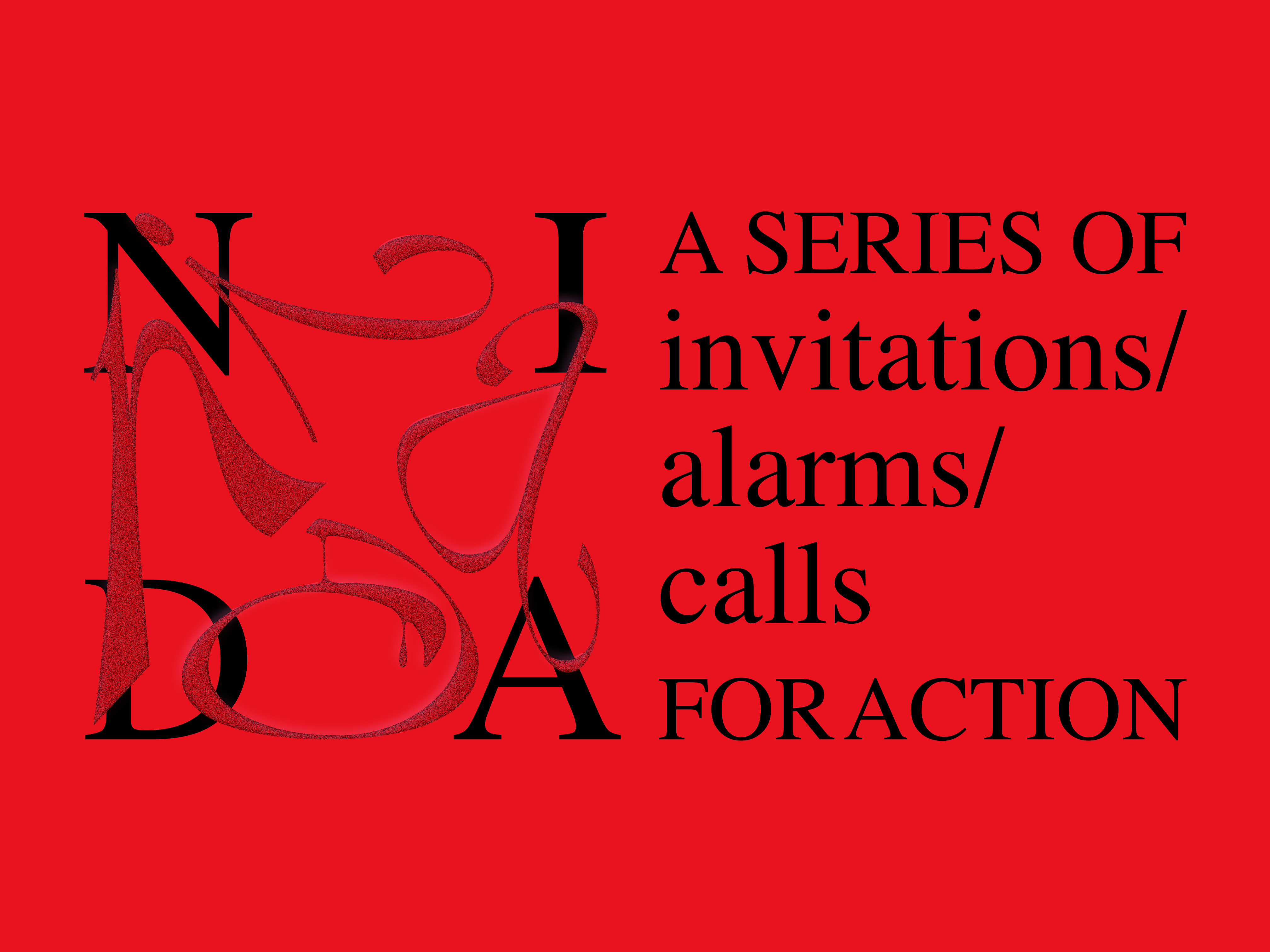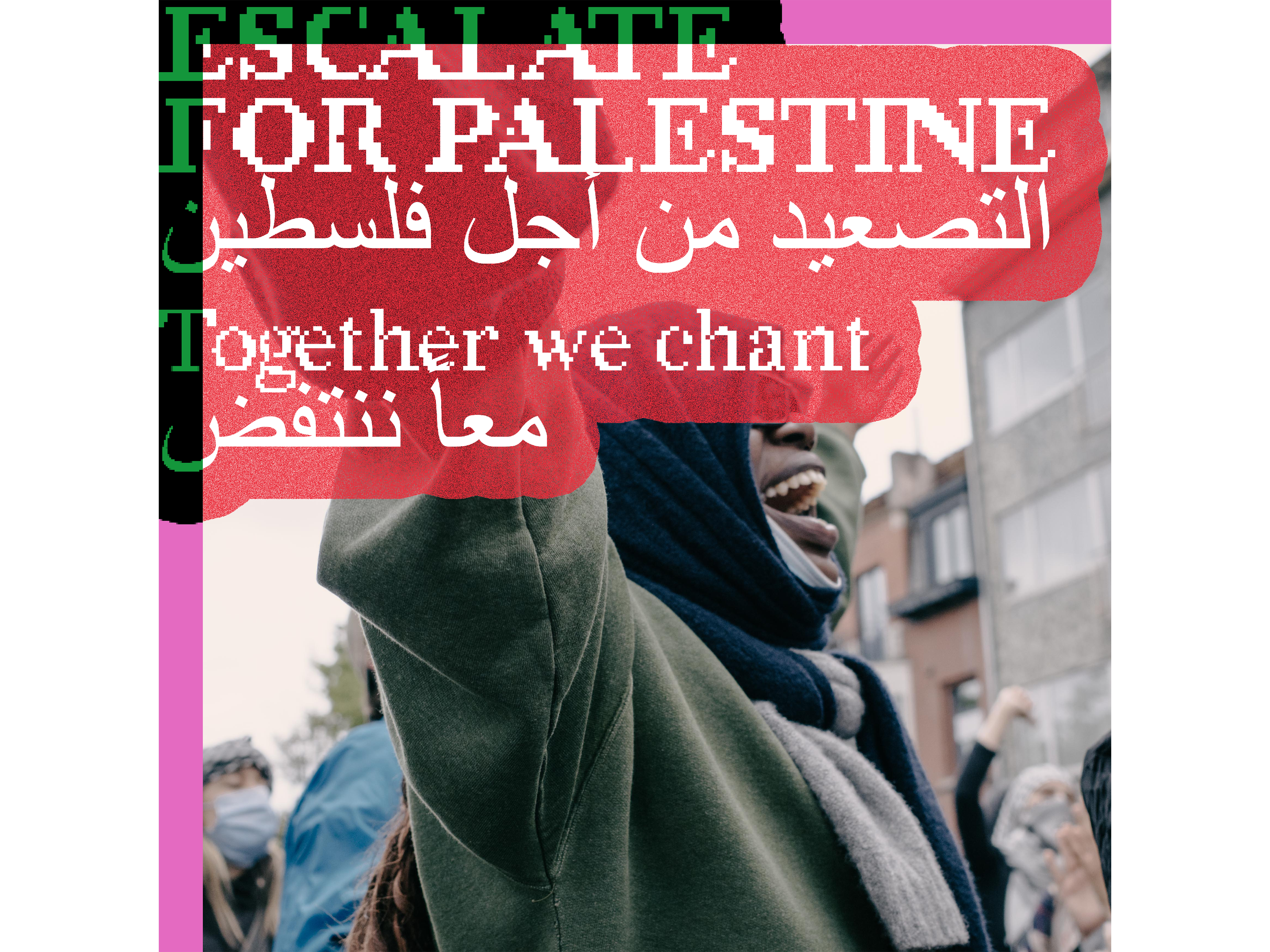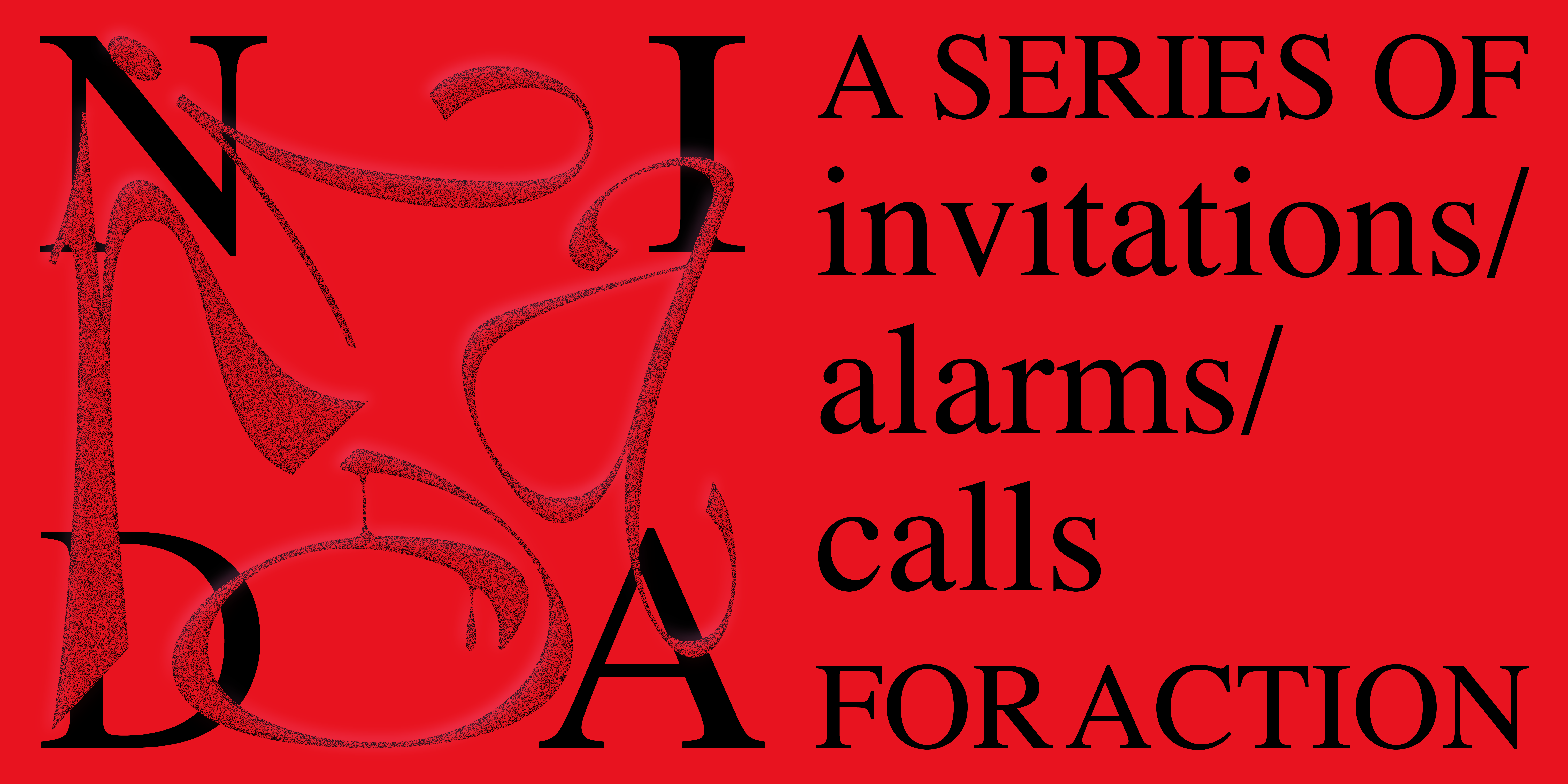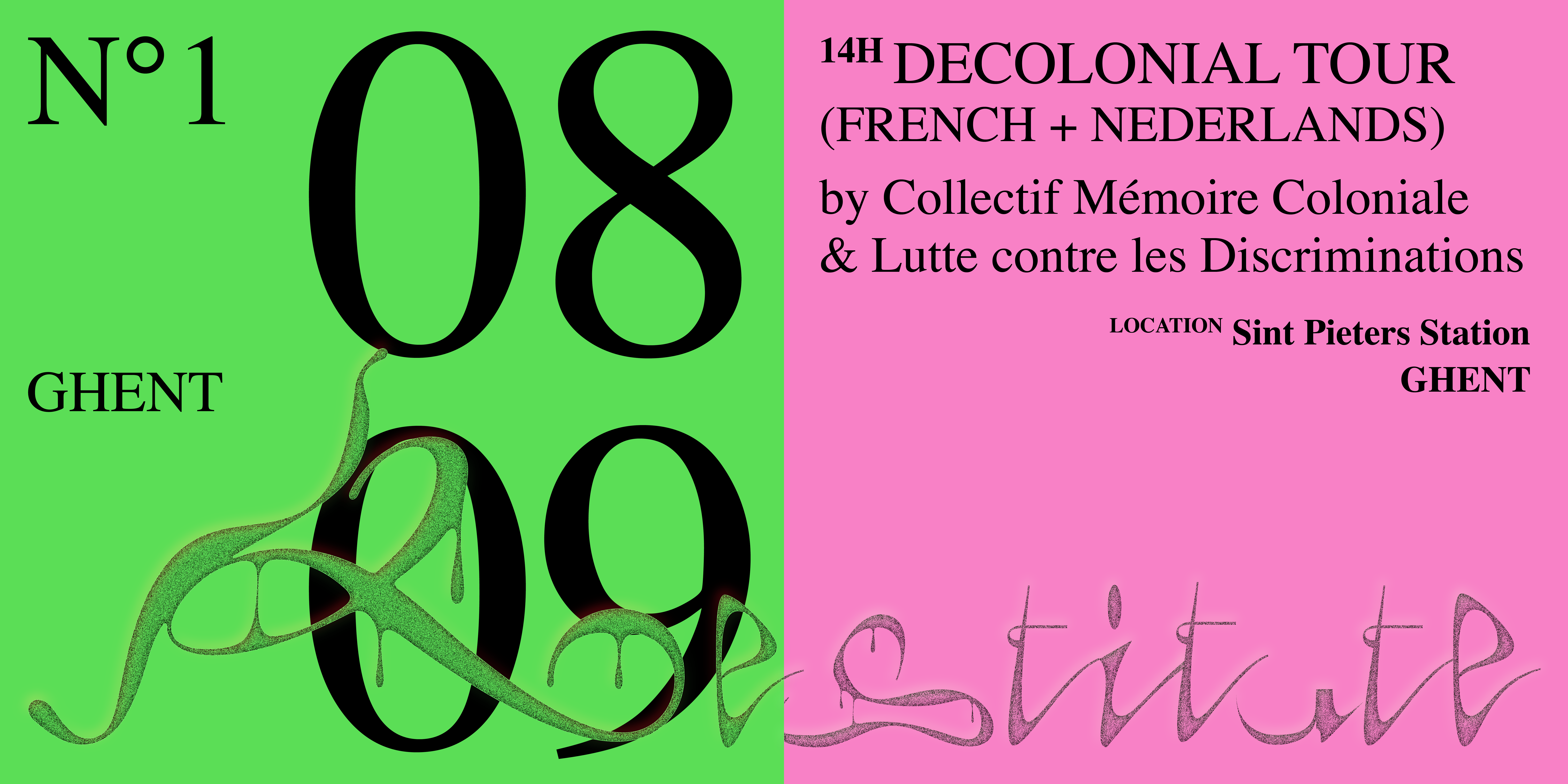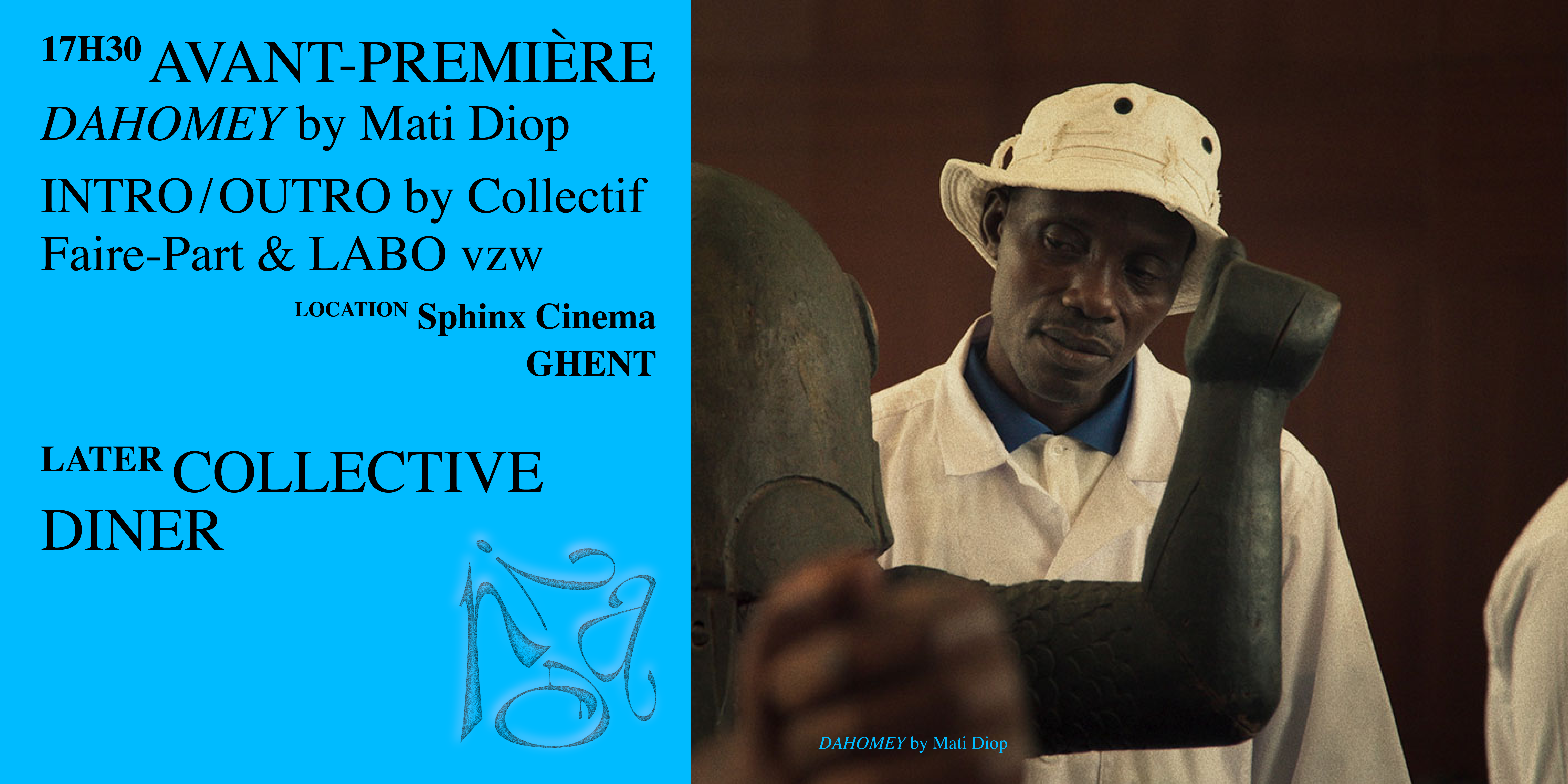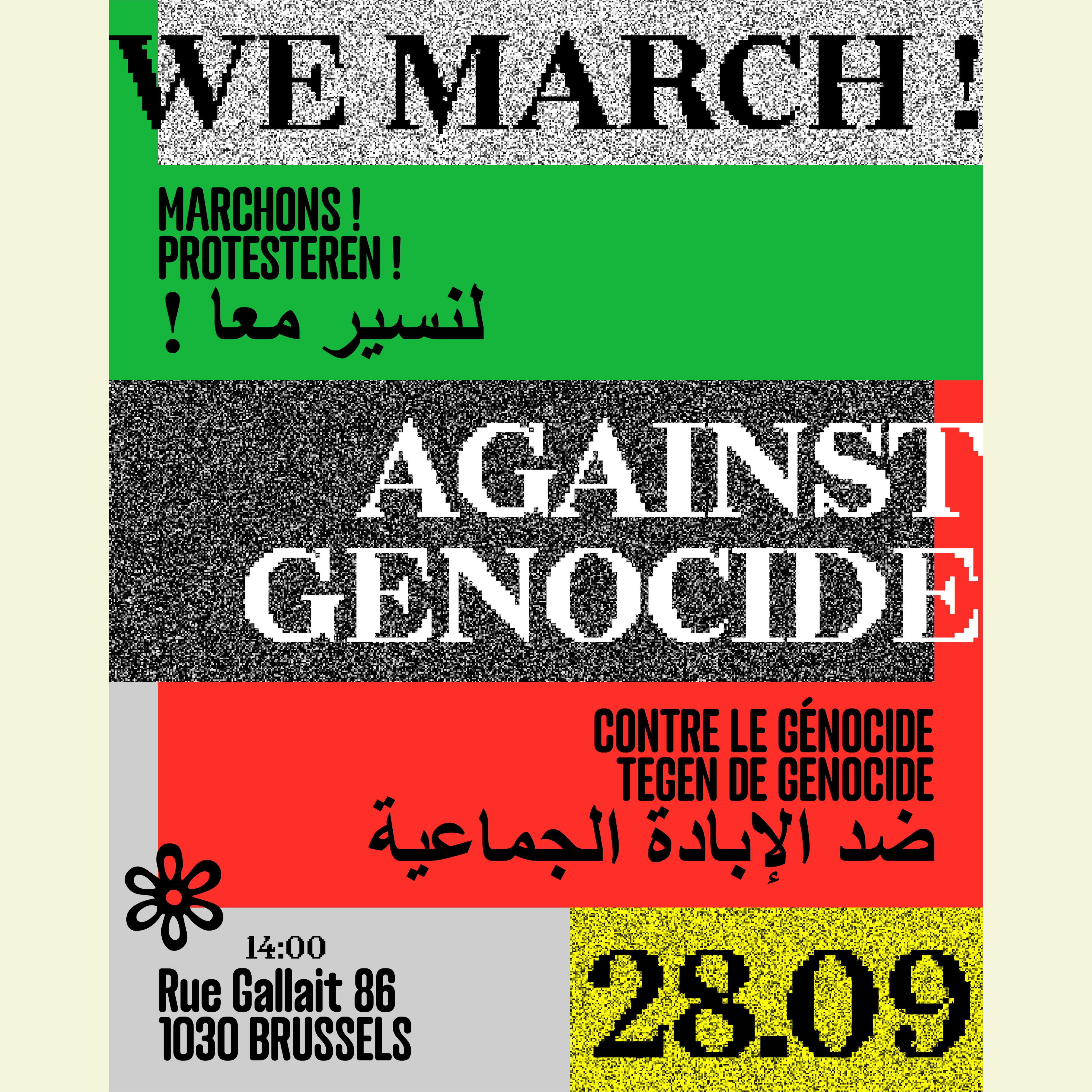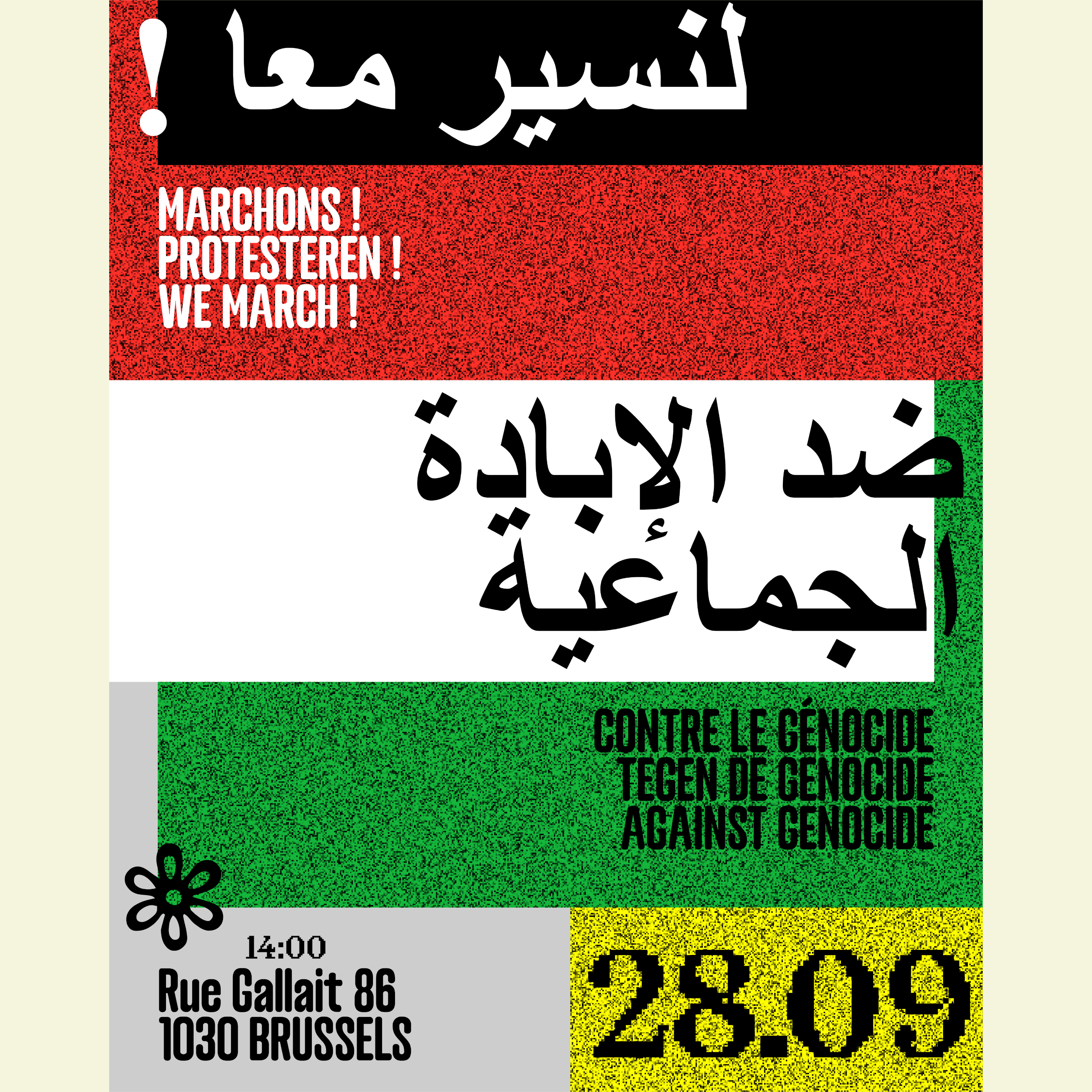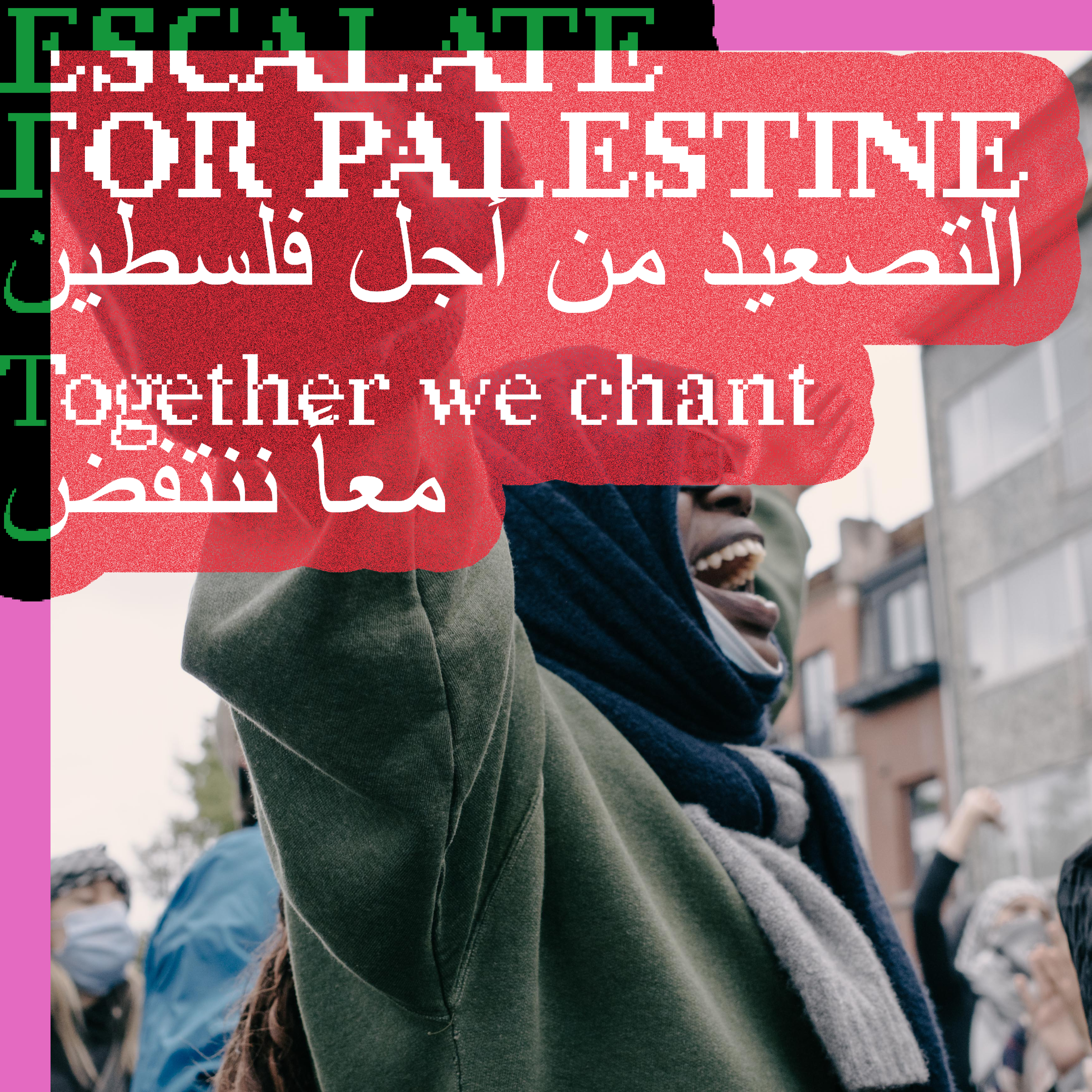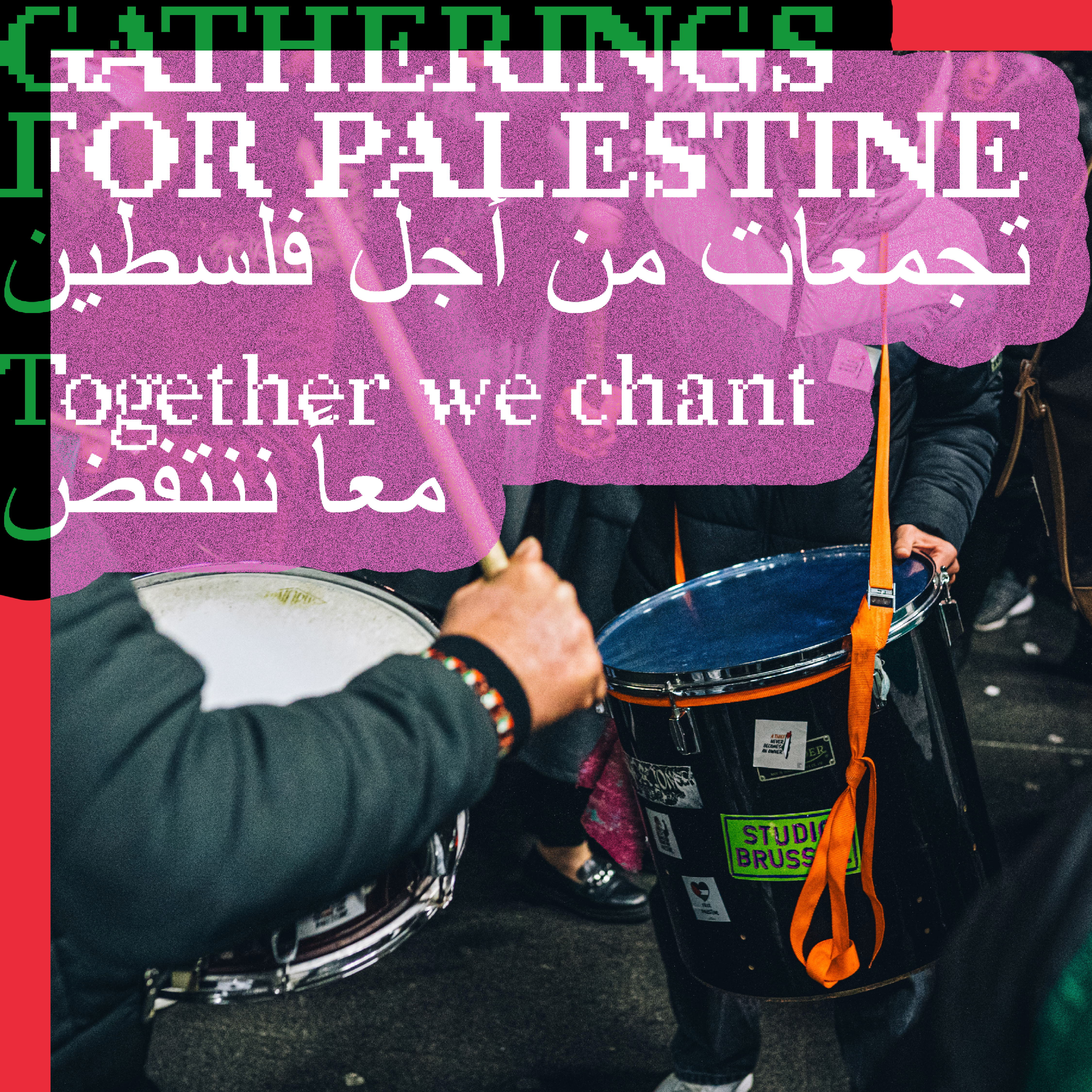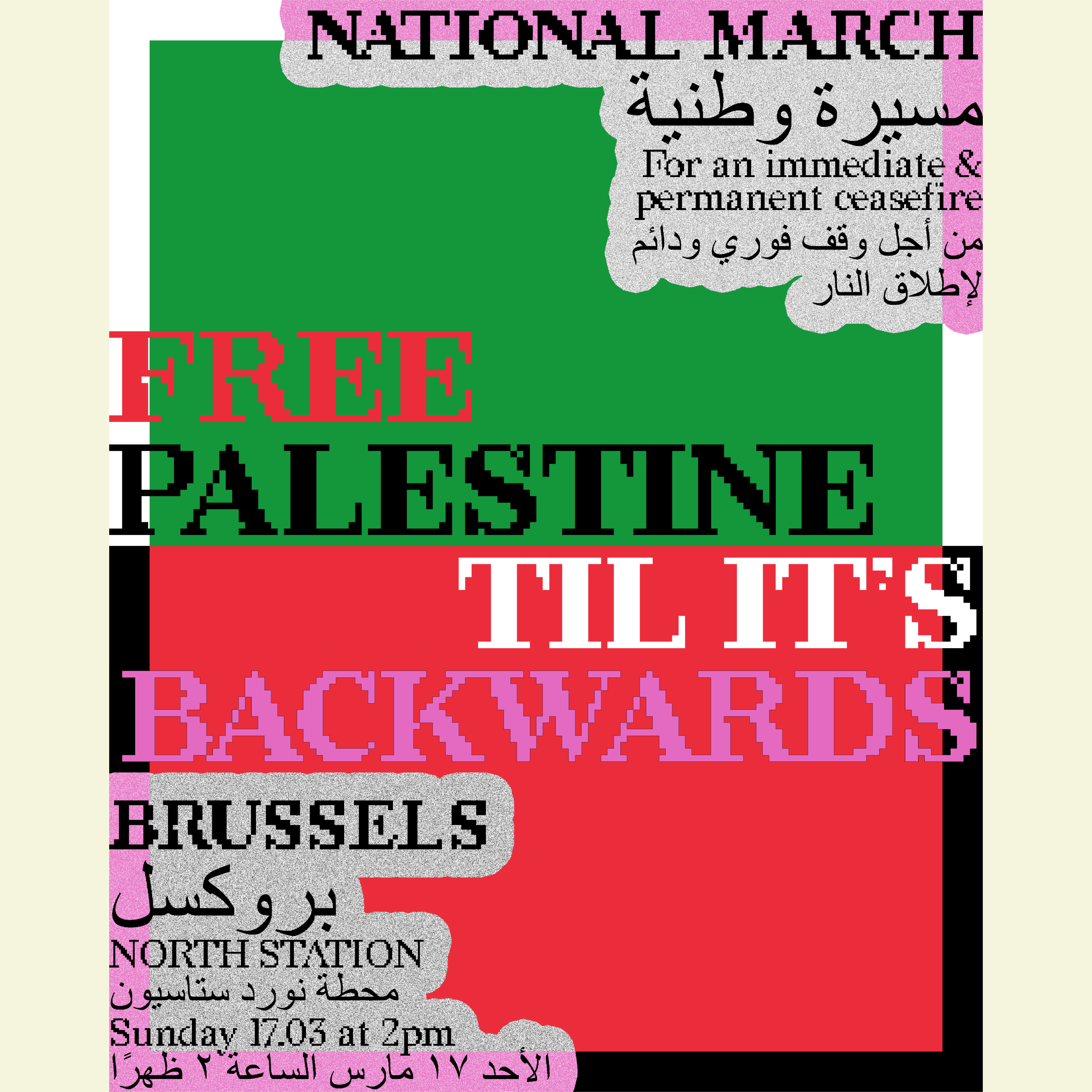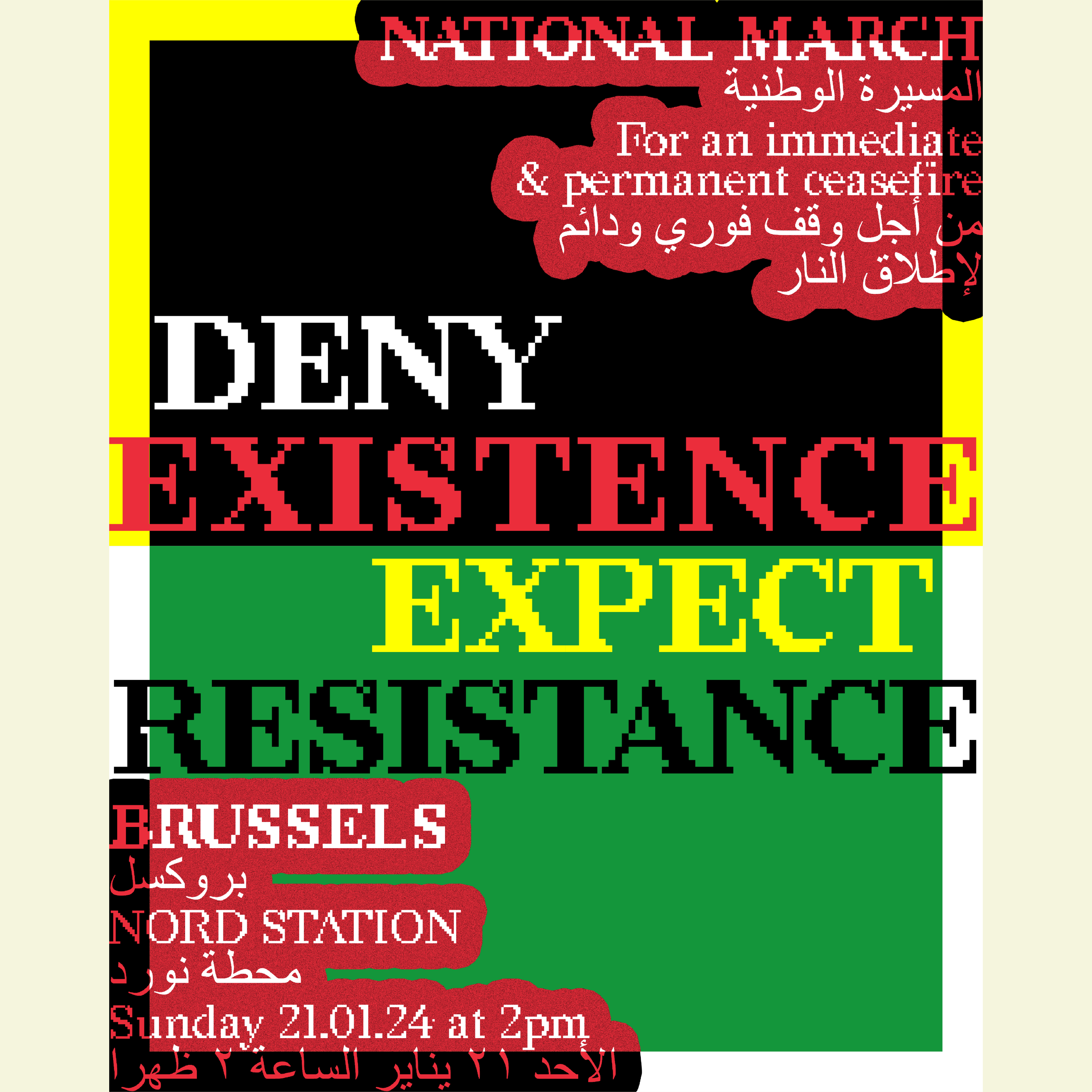Heyllo! I'm editorial and type designer - Brussels based - using design as tool of negotiating cultural, artistic & societal matters. My practice defines itself as a space where design runs parallel with the narrative in which my projects grow.
I fuel this process with a systematic approach based on typography, grid systems & minimalism aesthetics - focusing on both digital & print which offer a wide spectrum of solutions suchlike identities, web interfaces, type design, printed objects or signage.
Alongside this practice, I am involved in Bye Bye Binary - a collective / alliance / atelier / community / network via which I actively work on designing inclusive & non-binary fonts to give writing a full range of queer alternatives & solutions.
For questions or collaborations, get in touch with me at hello[at]quentinlamouroux.com.
